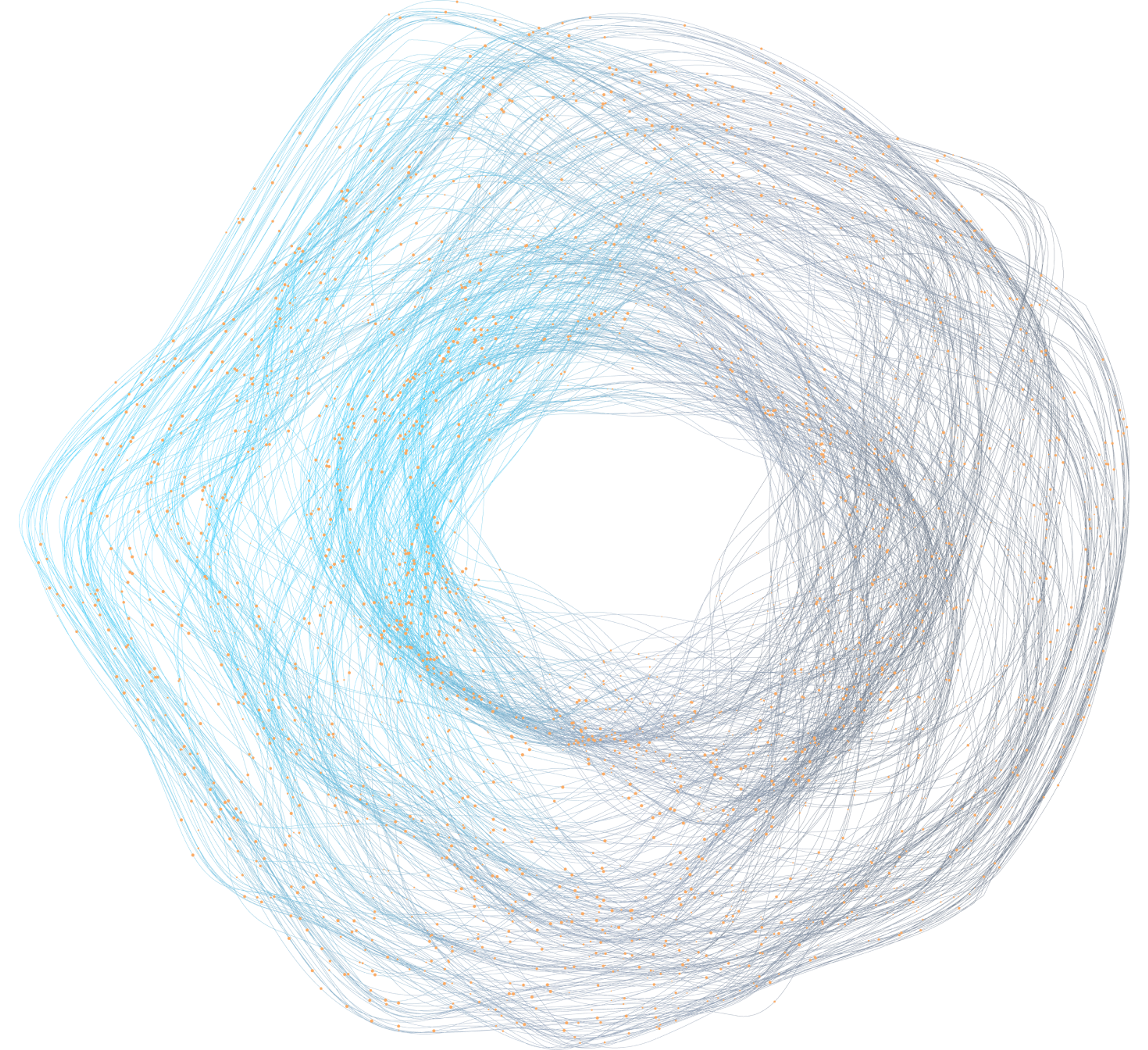article
Ghost Networks: The Trouble With Provider Directories

SECTIONS
Imagine searching your health plan’s directory for a mental health provider, only to discover—after dozens of calls—that nearly every listed therapist isn’t accepting new patients, doesn’t take your insurance, or doesn’t even practice at that location anymore. This isn’t just frustrating. For some, it’s dangerous. The recent lawsuit against Centene in Arizona, where a member died after failing to access mental health care through a “ghost network,” is a tragic example of the real-world consequences when provider directories don’t reflect the current reality.
Ghost networks—directories filled with providers who are unavailable, out-of-network, or simply not practicing—are a widespread problem. They erode trust, delay care, and can lead to devastating outcomes for patients and costly legal, financial, and reputational risks for health plans.
What Are Ghost Networks?
A ghost network occurs when an insurer’s directory lists doctors, therapists, or clinics that are not actually accessible to members. Sometimes these providers have retired, moved, stopped accepting new patients, or don’t participate in the plan anymore. Other times, contact information is outdated or inaccurate. The result: patients waste time and energy chasing care that doesn’t exist and may ultimately give up seeking help altogether.
This isn’t just a theoretical issue. In the Centene case, the member spent weeks trying to find a therapist and a primary care doctor, only to hit dead ends at every turn. Despite repeated calls to customer service, he couldn’t get an accurate list of available providers. The lawsuit alleges Centene’s directory was so misleading that it constituted fraud, and that the company “consciously and deliberately disregarded” the rights and needs of its members.
And Centene isn’t alone. Other major insurers have faced similar lawsuits and regulatory scrutiny over ghost networks. In one case, only 7 out of 100 mental health providers listed in a directory were actually available and accepting patients.
Why Do Ghost Networks Exist?
While ghost networks can be a sign of fraud or intentional misrepresentation, more often they are a symptom of a deeper, industry-wide data management challenge. Provider networks are incredibly dynamic—about 5% of provider data changes every month. Doctors move, retire, switch networks, or change their practice locations. Credentialing status, specialties, and network participation are all in constant flux.
Health plans must pull provider information from a patchwork of sources: credentialing systems, claims data, direct updates from providers, and third-party feeds. Each source may use different formats, update frequencies, and standards. Manually reconciling this data is labor-intensive, error-prone, and often falls behind the pace of change.
A study in JAMA Open Network found that 81% of entries in the directories of five large insurers contained inaccuracies. The problem is compounded by the lack of industry-wide data standards, decentralized data ownership, and the sheer volume and complexity of provider information.
The Impact: Delayed Care, Surprise Bills, and Lost Trust
When provider directories are out of date:
- Patients face delays in getting care—sometimes waiting weeks or months for an appointment or giving up entirely.
- Unexpected out-of-network bills become more likely, as patients may unknowingly see providers who don’t take their insurance.
- Care quality suffers when patients are forced to settle for the wrong type of provider or abandon care.
- Health plans risk regulatory penalties: The No Surprises Act requires accurate directories, and noncompliance can result in hefty fines.
- Legal exposure grows: Lawsuits like those against Centene and others are becoming more common, with plaintiffs citing harm from misleading directories.
Why Keeping Provider Data Current Is So Hard
Maintaining an accurate provider directory is like trying to hit a moving target in a windstorm. Here’s why:
- Constant Change: 5% of provider data changes every month. Over a year, that means more than half of your directory could be outdated if not actively managed. Even if you perform quarterly batch updates, your data is already 15% outdated.
- Multiple Data Sources: Credentialing, claims, provider self-attestations, and third-party feeds all provide pieces of the puzzle, but rarely align perfectly.
- No Standard Format: Providers and payers all use different data structures, making integration and reconciliation difficult.
- Manual Processes: Many organizations still rely on manual updates, which are slow, expensive, and prone to error.
- Fragmented Ownership: No single team “owns” provider data end-to-end, so updates can fall through the cracks.
How Gaine Coperor Can Help
You don’t have to accept ghost networks as inevitable. Gaine Coperor Health Data Management Platform (HDMP) is purpose-built to tackle the provider data challenge at its core. Here’s how you can use it to keep your directories—and your network—real:
Centralize and Cleanse Your Data
- Bring together provider information from all sources—credentialing, claims, direct provider updates—into a single, unified platform.
- Automated data quality checks catch errors, duplicates, and inconsistencies before they reach your directory.
Automate Updates and Real-Time Synchronization
- Real-time data feeds and automated workflows ensure that changes made in one system (like a new practice location or network status) are instantly reflected everywhere else.
- No more waiting weeks for manual updates or reconciling conflicting spreadsheets.
Collaborate Across the Ecosystem
- Gaine Coperor acts as a neutral ground for you and your partners—providers, payers, and even third-party vendors—to view and validate the same data, each in their own context.
- Providers see claims and directory data alongside their own patient records; you see it alongside member, claims, and network data. This shared understanding resolves discrepancies quickly, without losing the context each organization needs.
Stay Compliant and Audit-Ready
- Built-in compliance monitoring and reporting help you meet CMS, No Surprises Act, and state requirements for directory accuracy.
- Automated logs and audit trails make it easy to demonstrate your diligence to regulators and auditors.
Reduce Administrative Burden and Costs
- Automation and centralized data management cut down on manual work, reduce errors, and minimize the risk of costly lawsuits or fines.
Support Value-Based Care
- Accurate directories mean patients get matched with the right providers, referrals are timely, and care coordination improves—all critical for value-based care models.
Turning the Ghost Network Challenge Into an Opportunity
Ghost networks are a symptom of a broken data management process, not just a compliance headache. By investing in a modern, automated health data management platform like Gaine Coperor, you can:
- Restore trust with your members and providers
- Reduce administrative costs and legal risk
- Improve patient outcomes by ensuring timely, appropriate access to care
- Position your organization for success as the industry moves toward value-based, patient-centered care
You don’t have to let ghost networks haunt your health plan. With the right tools and a commitment to data quality, you can make your provider directories—and your network—real, reliable, and ready for the future. Contact us today to see how Gaine Coperor can help you eliminate ghost networks and simplify provider data management.
